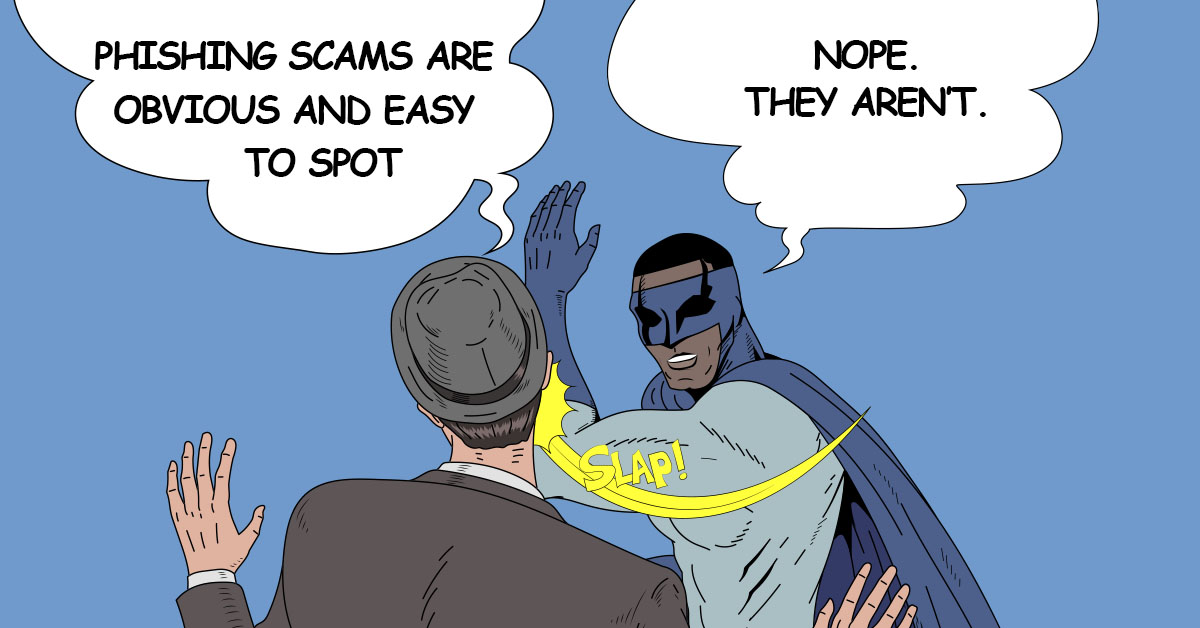Phishing Scams Are Obvious and Easy to Spot? Think Again.
Table of contents
In an era where digital communication is paramount, one would think that spotting phishing scams would be straightforward. After all, we’ve all heard the warnings: “Don’t click that link!” or “Verify the sender!” Yet, the reality is far more complicated. Phishing attacks are becoming increasingly sophisticated, making it challenging for even the most vigilant users to distinguish between legitimate and malicious communications.
Understanding Phishing Attacks
Phishing isn’t just a single type of scam; it’s an umbrella term that encompasses various deceptive tactics aimed at stealing sensitive information. Here are some common types of phishing attacks:
- Email Phishing: The most traditional form, where attackers send emails that appear to come from reputable sources, urging recipients to click on links or provide personal information.
- Spear Phishing: A targeted approach where attackers tailor their messages to specific individuals or organizations, making them even harder to detect.
- Whaling: This is a form of spear phishing that specifically targets high-profile individuals like executives or decision-makers, often involving more personalized and sophisticated tactics.
- Smishing: Phishing attempts conducted via SMS messages, often with links or prompts that seem legitimate.
- Vishing: Voice phishing, where attackers use phone calls to trick individuals into divulging confidential information.
- Clone Phishing: A duplicate of a previous legitimate email that is altered to include a malicious link or attachment.
- QR Code Phishing: As QR codes become more prevalent, scammers are using them to direct users to malicious websites.
The Psychology Behind Phishing
What makes phishing scams particularly insidious is their exploitation of human psychology. Scammers often create a sense of urgency or fear, prompting users to act quickly without thinking critically. For instance, an email might warn of account suspension, pushing you to click a link to resolve the issue. This tactic capitalizes on our instinct to protect ourselves and our information, making phishing attacks more effective.
Why Phishing Is Not Easy to Spot
Given the complexity and variety of phishing tactics, it’s easy to see why they often go unnoticed. Here are a few reasons why these scams can fly under the radar:
- Professional Appearance: Many phishing emails are designed to closely resemble communications from trusted sources, using logos, color schemes, and even personalized greetings.
- Subtle Changes: Attackers may use slightly altered email addresses or URLs that look similar to the original, making them easy to overlook.
- Contextual Manipulation: Phishers often leverage current events or popular services, making their scams seem timely and relevant.
Protecting Yourself and Your Business from Phishing Attacks
While phishing attacks are evolving, so too are the strategies to combat them. Here are some best practices for preventing phishing:
- Stay Informed: Knowledge is your first line of defense. Regularly educate yourself and your team about the latest phishing tactics. Stay updated with resources.
- Verify Communication: Always verify the source of any unexpected communication, especially if it involves sensitive information.
- Use Security Tools: Implement anti-phishing tools and security software that can help detect and block phishing attempts.
- Encourage Reporting: Foster a culture where employees feel comfortable reporting suspicious emails or messages without fear of repercussions.
- Conduct Simulations: Regular phishing simulations can help employees recognize potential threats and respond appropriately.
Conclusion
Phishing scams are anything but obvious. As they continue to evolve, so must our awareness and defenses against them. Stay informed, stay vigilant, and protect your business from these ever-present threats.
If you’re unsure about how to enhance your security measures against phishing, don’t hesitate to reach out. We’re here to guide you through the best practices for phishing prevention and help keep your organization safe.
Contact Us
If you’re unsure about how to enhance your security measures against phishing, don’t hesitate to reach out here. We’re here to guide you through the best practices for phishing prevention and help keep your organization safe.
We look forward to assisting you!




Comments are closed